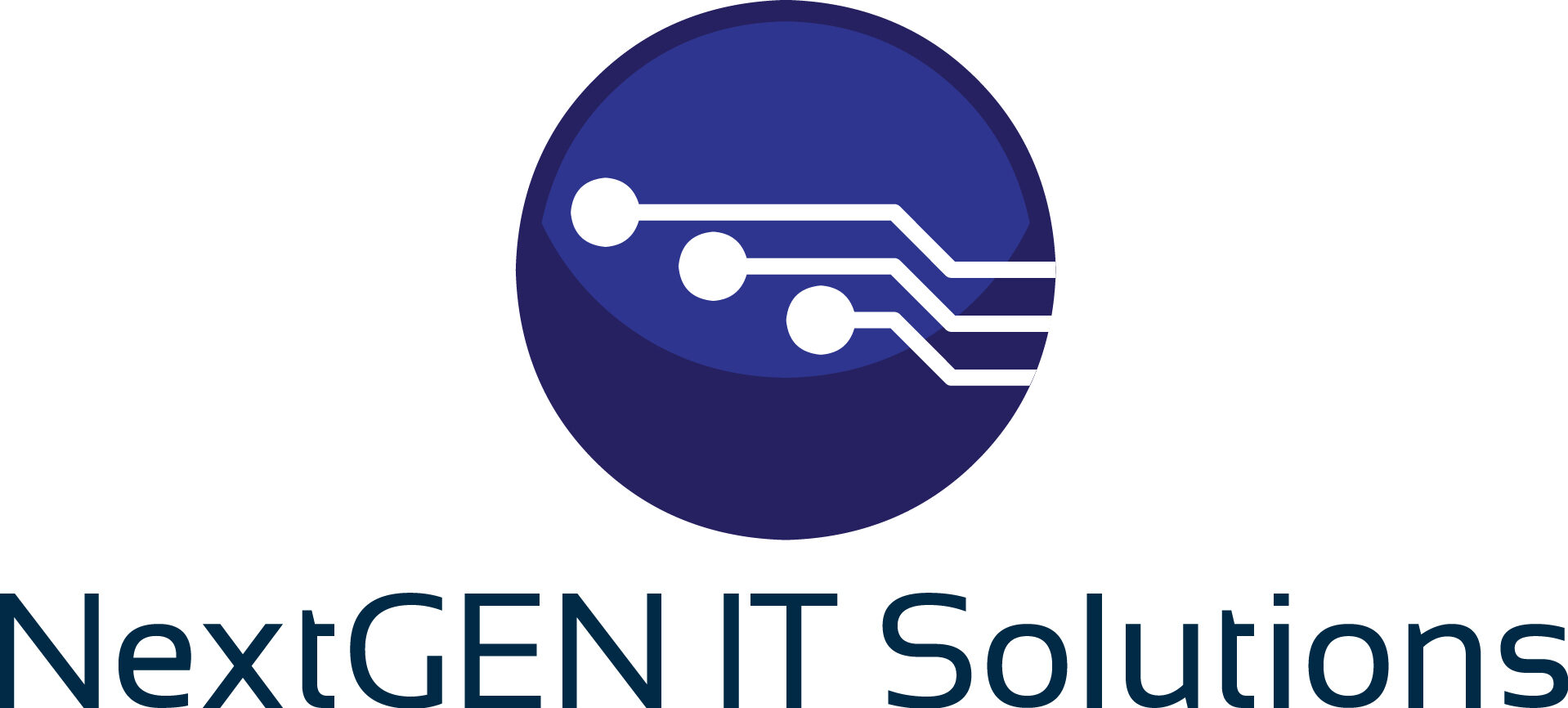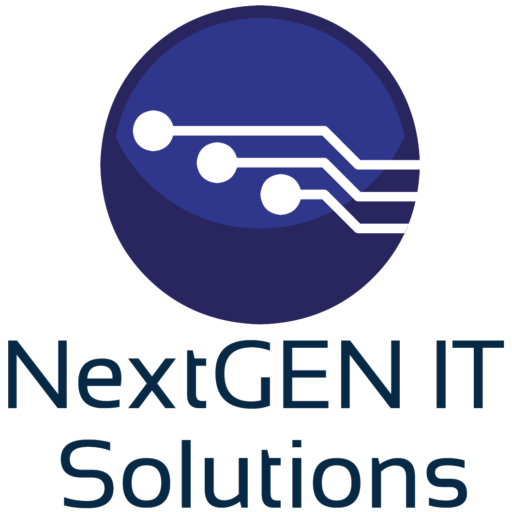Why IT Documentation and Asset Inventory Are Non-Negotiable

Your Business Might Be Flying Blind
Ask yourself this:
- Do you know every computer, server, and switch on your network?
- Can you locate all admin credentials?
- Do you have a list of licensed software and expiration dates?
- Could someone else in your company take over if your IT person left today?
If the answer is “no” or even “I think so,” your business is at risk—and you’re not alone.
Most small businesses don’t have up-to-date IT documentation or a complete asset inventory, leaving them vulnerable to cyberattacks, compliance failures, and massive downtime when something breaks.
In 2025, the foundation of cybersecurity isn’t just firewalls and antivirus—it’s knowing exactly what you have, where it is, and how it’s configured.
The Invisible Risk Lurking in Poor Documentation
Lack of documentation and IT asset inventory might not look like a security threat—but it’s one of the most damaging issues MSPs uncover when onboarding new clients.
Why?
Because when you don’t have visibility into your infrastructure, you can’t:
- Identify vulnerable or unsupported devices
- Enforce security policies
- Patch systems on schedule
- Respond quickly to incidents
- Prove compliance to auditors or insurers
You can’t protect what you don’t know exists.
Real-World Example: Hidden Device Breach
A law firm in Mercer County had a forgotten PC in a back office running Windows 7. It wasn’t on any spreadsheet or checklist—and no one used it anymore.
But it was still plugged in, still on the network, and still had full access to their file server.
A ransomware gang scanned the network, found the unpatched machine, and used it as a gateway to encrypt 20 years of legal records.
The breach cost over $50,000 in recovery—and it all started because no one knew the system was even there.
Why SMBs Struggle with IT Inventory
It’s not that business owners don’t care—it’s that they’ve never had a proper system in place.
Common issues we see:
- No dedicated IT manager—everything’s handled “on the fly”
- Reliance on spreadsheets that are outdated or incomplete
- No documentation of network configurations, IP schemes, or software licenses
- Former vendors holding all the keys, and no central handoff
- No central place for credentials, backups, or hardware specs
- Remote and hybrid work spreading devices across homes and locations
All of this makes it harder to secure your systems—and impossible to scale.
The Dangers of Poor IT Documentation
- Security Gaps
Forgotten systems are often unpatched and unprotected—making them easy entry points. - Longer Downtime During Outages
Without documentation, troubleshooting takes hours (or days) longer. - Higher Cyber Insurance Premiums
Insurers ask about asset inventories, patching cadence, and admin controls. Weak answers = higher rates or denied claims. - Compliance Violations
HIPAA, GLBA, CMMC, and FTC Safeguards all require documented systems and controls. - Vendor Lock-In
If your last IT company leaves with all the knowledge in their head, you’re stuck—and exposed. - Poor Decision-Making
You can’t plan upgrades, budgets, or software renewals without knowing what you have.
What Should Be Documented?
At a minimum, every business should have:
✅ Hardware Inventory
- Make, model, OS version, specs, purchase date, and location for all endpoints, servers, printers, switches, firewalls, etc.
✅ Software Inventory
- License keys, purchase records, renewal dates, version numbers, and vendor contacts.
✅ Network Map
- Subnet structures, VLANs, IP assignments, firewall rules, wireless segmentation.
✅ User Access & Permissions
- Who has access to what, which rights they hold, and how accounts are managed.
✅ Credentials Repository
- Central, encrypted password storage with access auditing and MFA.
✅ Backup & Recovery Plans
- What is backed up, how often, where it’s stored, and the recovery process.
✅ Third-Party Vendors
- What vendors have access, for what purpose, and how their access is secured.
✅ Policies & Procedures
- Security policies, offboarding checklists, onboarding templates, and change logs.
How NextGEN IT Solutions Solves the Documentation Problem
We help small businesses across Western PA—from Grove City to Cranberry and beyond—build clear, complete IT visibility from the ground up.
Here’s what that looks like:
1. Automated Asset Discovery
We deploy scanning tools that:
- Identify all active devices (computers, printers, servers, switches, mobile)
- List OS versions, patch status, and vulnerabilities
- Detect rogue or shadow devices
- Run continuously to update inventory as your network changes
No more “I think we have 12 computers.” You’ll know.
2. Secure Central Documentation
We build and maintain:
- Configurations for firewalls, networks, cloud platforms
- License and vendor tracking
- Credential storage using encrypted password managers
- PDF exports for compliance audits and insurance reviews
Everything is organized, up to date, and accessible to authorized personnel.
3. Network Mapping and Documentation
We create detailed diagrams of:
- IP ranges and subnetting
- Switch and router locations
- Access points and VLANs
- Inter-site connectivity (for multisite offices)
- Wireless guest vs internal segmentation
This reduces troubleshooting time and risk during incidents.
4. Lifecycle and Warranty Tracking
We track:
- Device age
- Warranty expiration
- Operating system lifecycle
- Hardware support status
So you’re never caught by surprise when something breaks—or loses security support.
5. Credential & Access Management
We implement:
- Secure password vaults with MFA
- Role-based access controls
- Offboarding protocols for staff and vendors
- Alerts for shared or reused credentials
And we document every step.
6. Regular Documentation Reviews
We update everything quarterly or after any major change—not once a year (or never).
Your documentation stays alive, accurate, and useful.
Why Cyber Insurance and Auditors Care
Security questionnaires increasingly ask:
- Do you maintain a current inventory of IT assets?
- Are admin credentials stored securely?
- Do you have documentation of your backup and recovery plan?
- Are changes to the network documented?
Without clear answers, you may:
- Pay more for cyber insurance
- Get denied coverage after an incident
- Fail compliance audits
Good documentation shows that you’re in control—and serious about security.
How We Make It Easy for You
At NextGEN IT Solutions:
- We don’t hand you a blank spreadsheet and walk away
- We do the discovery, the documentation, and the maintenance
- We keep it organized and secure using professional MSP-grade tools
- We share reports in plain language—no tech-speak needed
And we align it all with your security goals, compliance needs, and business growth.
Ready to Get a Handle on Your IT?
Start with a Free IT Visibility Audit. We’ll:
- Scan your network for devices
- Review your documentation gaps
- Show you how to close the visibility holes
- Provide a clear, actionable inventory report
📞 Call 724-204-1950
📩 Visit nextgen-itsolutions.com/contact
Final Thoughts
If your IT is undocumented, it’s uncontrolled. And if it’s uncontrolled, it’s vulnerable.
Every password in someone’s head, every system not tracked, every change not documented adds risk to your business—whether it’s a cyberattack, compliance audit, or support emergency.
Let NextGEN IT Solutions help you turn your messy, invisible IT into a clear, secure, and manageable environment.



